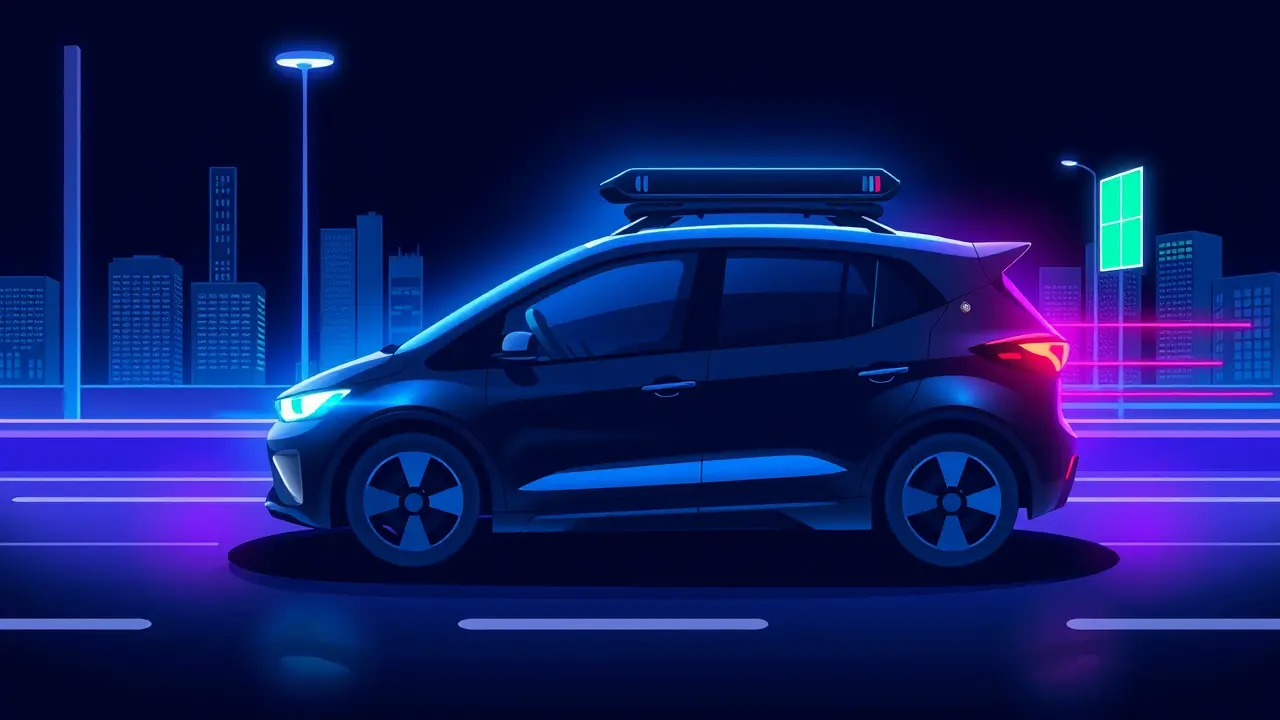Waymo partners with DoorDash for autonomous delivery service.
The recent announcement that Waymo is partnering with DoorDash to launch an autonomous delivery service feels like a quiet but significant plot twist in the long-running saga of self-driving technology, a move that is less a radical new direction and more of a strategic homecoming. For the past several years, the Alphabet-owned company has been almost singularly focused on scaling its robotaxi business, pouring immense resources into making driverless rides a tangible, if still geographically limited, reality in cities like San Francisco and Phoenix.This intense focus on ferrying people was the main event, the grand ambition that captured headlines and investor imaginations. But if you dive into the archives, you’ll find that Waymo’s origins are deeply intertwined with delivery; remember Waymo Via? This partnership with DoorDash, a behemoth in the on-demand delivery space, isn’t so much a pivot as it is a return to its roots, a clever deployment of its hard-won autonomous technology into a parallel lane that might just be more commercially viable and publicly palatable in the near term.Think about it: the fundamental technology stack—the LIDAR, the cameras, the sophisticated AI that interprets a chaotic urban environment—is largely the same whether you’re transporting a passenger or a pepperoni pizza. This isn't about building something new from the ground up; it's about leveraging a colossal existing investment across a new revenue stream, a classic tech industry playbook move.The implications are vast. For the logistics and gig economy sectors, this collaboration signals a future where the ‘last mile’ delivery, historically the most expensive and logistically complex part of the supply chain, could become increasingly automated.This raises immediate questions about the workforce. While DoorDash is quick to frame this as a partnership that augments its delivery network rather than replaces its dashers, the long-term trajectory is clear: automation is coming for delivery, just as it has for manufacturing and other industries.It prompts a necessary societal conversation about the future of work and the safety net for millions who rely on gig economy jobs. From a consumer perspective, the promise is one of potentially lower costs and increased reliability, but it also introduces new layers of complexity.How does a customer interact with a driverless car? Does one walk out to the curb to retrieve their groceries from a locked compartment opened via a QR code? What happens in the edge cases—a missed delivery, a spilled drink, a confusing apartment complex? These are the unglamorous but critical user experience hurdles that will determine mainstream adoption. Furthermore, this move intensifies the quiet but fierce race with rivals like Amazon's Zoox and General Motors' Cruise, each exploring their own blend of people and package-moving robots.Waymo’s bet seems to be that by diversifying its service offerings, it can build a more resilient business model, one not entirely dependent on the regulatory and public relations rollercoaster of passenger service. It’s a pragmatic acknowledgment that the road to full autonomy is a marathon, not a sprint, and that winning requires not just the best technology, but the most adaptable business strategy. This partnership is a single data point, but it’s a telling one, reflecting a maturation in the industry where futuristic visions are being pressure-tested against the mundane realities of commerce and daily life.
It’s quiet here...Start the conversation by leaving the first comment.
